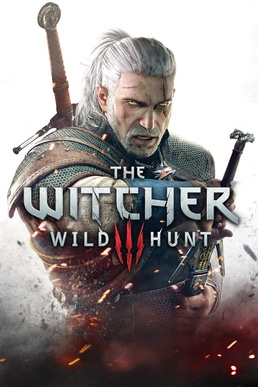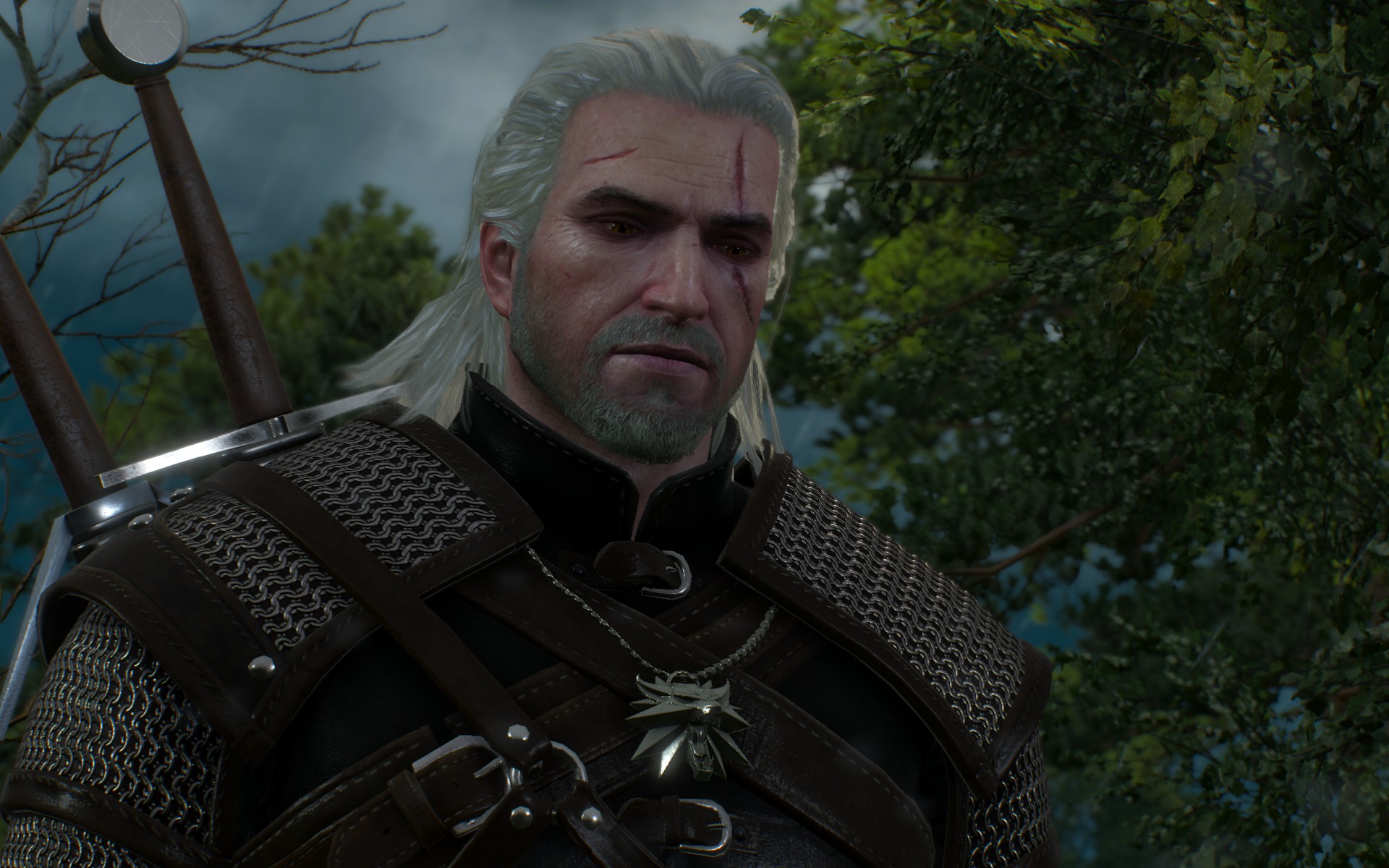 5. The Witcher 3: Wild Hunt
5. The Witcher 3: Wild HuntCD Projekt Red, 2015 (PC version reviewed)
It’s that time of year again: the time when everyone who writes about games feels compelled to catalogue their experiences into top ten lists and award some lucky contestant the meaningless title of Game of the Year. It’s a fun way to collect our thoughts, reflect on how the medium advanced (or didn’t advance) since the last time around, and, most importantly, argue endlessly about why everyone else’s list is wrong. So without further ado, here’s the #5 title on my personal countdown: CDPR’s The Witcher 3.I have a strong bias in favor of interesting games. Not just good games, but games that push or break boundaries in novel ways. Games that take risks and diverge from formula. Games that aren’t afraid to be weird or to flout conventional design wisdom if it makes for a more uniquely engaging experience.
The Witcher 3: Wild Hunt is none of these things. There’s hardly a piece of it we haven’t seen a hundred times before. It’s an iterative evolution on The Witcher 2: Assassin of Kings, mostly in that it follows the trend of trading discrete levels or load areas in favor of an almost completely open-world map design - sometimes at the expense of detail and intentionality in the design of individual areas. The combat has been modified from an awkward hybrid of point-and-click MMORPG combat and a Diablo-style action RPG to an awkward hybrid of Arkham-style rhythm combat and direct input Souls combat. The interface and menus are are only slightly less byzantine and unwieldy than before, or just as unwieldy in different ways, an RPG vice we’ve less gotten used to than just learned to accept. The basic open-world RPG formula of “follow map to quest giver, follow map to quest cutscene, kill/gather quest MacGuffin, follow map back to quest giver” remains the sole script in play.
So why is something as uninteresting The Witcher 3 one of my favorite games of 2015? Because it knows what it is, it knows its strengths, and it throws money and manpower and talent at those strengths until they’re stronger than anything else like it. This is most immediately apparent in the production values: The Witcher 3 is a gorgeous game, not only in its breathtaking technical facsimile of real cities and real people, nor in its colorful art design and sense of haute-renaissance-meets-high-fantasy style, but in the sheer awe it generates through combination of these elements in a gigantic, vividly lifelike world. This fidelity constantly tempts you to stand in the middle of a city watching the crowds mill by with purpose that would put Assassin’s Creed to shame, or to stop and stare at a tangerine sunset at the end of a long day’s journey and enjoy the best melancholic orchestration a big studio budget can buy.
| You might stop and take a moment to enjoy the view. Probably many moments. |
The Witcher 3 finally delivers on the promise Oblivion made and broke a decade ago when it introduced us to a superficially huge and beautiful world that then immediately fell apart at the seams when we met its dead-eyed robot residents, mechanical encounters, and suffocating lack of personality or variety. The Witcher 3’s residents not only appear alive but act alive, both in their mundane habits and reactions and in their shockingly human expressions and dialogue when interacting with one another or with Geralt, our titular Witcher. The writing and acting aren’t themselves groundbreaking - we’ve seen similarly high quality in BioWare and Obsidian’s work for some time now - but combined with such stunning graphical fidelity and animation it all makes for an extraordinarily engaging experience in CDPR’s environments and with their characters.
| You don’t need Ciri to solemnly swear she’s up to no good. |
Geralt himself is transformed from the unrelatable, emotionless cypher he was in the previous titles to a genuine human being (albeit a mutant one) simply through the subtleties of his expressions. A slight grimace at his mouth’s edges here, a glint in his eye or raised eyebrow there - each reveal something of the inner life of a person who’s not so devoid of feeling as he’d like the world to think. Nowhere is this seen more clearly than in Geralt’s relationship with and search for his adopted daughter Ciri, the driving central quest of the narrative as she flees from the Ringwraith-like Wild Hunt. We can speculate some meta reasons why fathers seem to have become the de facto protagonist of AAA games, but there’s no denying it carries tremendous emotional heft for a leading man as detached as Geralt had always been, and that it grounds the narrative in intimate realities in a way I wish more fantasy games would.
 |
| (Secretly a huge softie.) |
That’s the Witcher 3’s core strength, really. It’s this vast and sprawling and epic thing, a dauntingly realized universe filled with more quests and characters than you could start or meet in a hundred hours. Yet for all that the game never loses sight of its humanity, even in its monsters. It’s as much the little things - the tiny touches of life - as the big ones that make The Witcher 3 great.

No comments :
Post a Comment